Both the 0W40 and the 5W30 are synthetic-based engine oil that lubricate and protect the engine of your car. Both their formula is approved by the SAE and these oils are widely used all across the globe.
The 0W40 is a bit more expensive with better performance and durability while the 5W30 lacks behind, mainly because of the shorter ambient temperature range and lower fuel economy.
Let’s dig deeper and see how exactly they compare.
What’s 0W40?
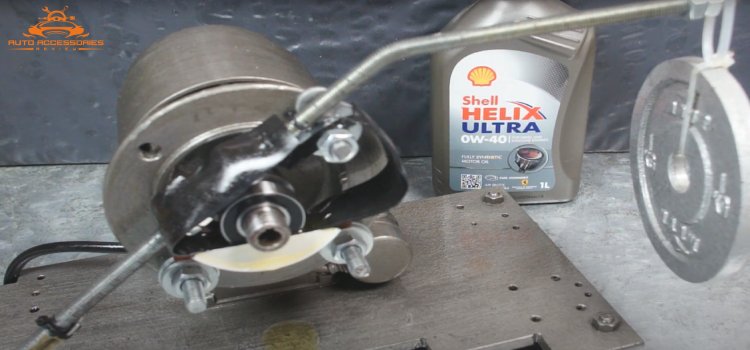
0W40 is an SAE multigrade oil with an API classification of SAE 0W-40. It is widely used in gasoline and diesel engine cars. This high-performance oil can work well in both hot and cold weather conditions.
The 0W40 oil is manufactured from a combination of synthetic base oil like PAO-4, PAO-6, and PAO-8. The oil also contains detergent and antioxidant additives to protect and maintain your engine for a long time.
What’s 5W30?
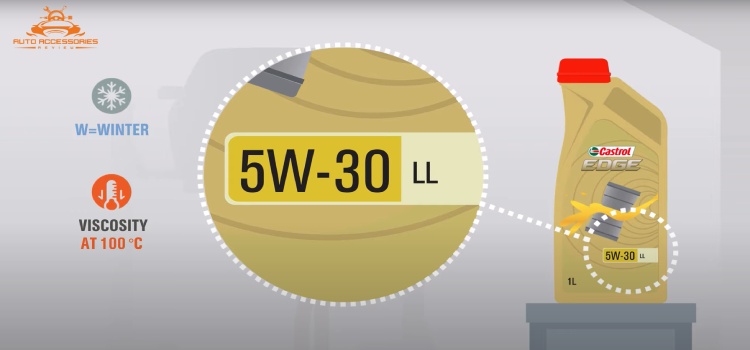
0W40 is also an SAE multigrade oil designed to take care of your engine. The oil is a bit thicker than the 0W40. The 5W30 is designed to be used in gasoline-based engines that run on
unleaded fuel.
In addition to housing synthetic base oil like PAO-4, PAO-6, and PAO-8, the 5W30 also contains some mineral base oil like SN 100, SN 150, and SN 500. The oil is specifically designed to work best in colder areas. They can’t perform well in hot weather.
0W40 vs 5W30: How Do They Differ?
1. Low-temperature viscosity
0W40
The term “Viscosity” usually refers to the density or fluidity of a liquid. This is measured with a scale named “Viscosity Index.” The higher the number is on that scale, the thicker the liquid.
The number before the “W” on an engine oil showcases the viscosity of that oil at the freezing point of water (0°C). The “0” here indicates that the oil acts like a liquid with zero viscosity at 0°C, meaning the oil tends to be thinner and as a result, flows faster.
5W30
The 5W30, on the other hand, acts like a thick fluid (Viscosity Index – 5), which won’t be much help to your engine in cold temperatures. A more viscous fluid will flow slower and won’t be able to provide quick lubrication or adequate protection to the engine like the 0W40.
One thing to remember, and that is the SAE viscosity index doesn’t express the actual viscosity of a liquid. It just refers to that apparent viscosity at a particular temperature. The 5W30 isn’t a thicker liquid than the 0W40, but it only acts like one at 0°C.
2. High-temperature viscosity
0W40
The number after the “W” refers to the apparent viscosity of engine oil at the working temperature of the engine, which gets roughly up to 100°C. The excessive heat at the working temperature tends to liquefy the oil and that can disrupt the engine’s protection.
The 0W40, with a wider range of apparent viscosity at both low and high temperatures, dominates the first two sectors in our in-depth comparison.
If you want to know more about the viscosity of your engine oil, see this:
5W30
With a lower viscosity index (SAE30), the 5W30 can’t offer better performance and protection to your engine. The oil works well in moderate climate conditions, but can’t perform to the fullest in colder or hotter regions.
The 0W40, being the more advanced version, moves two steps further in the competition.
3. Fuel economy
0W40
Your engine oil also affects your car’s fuel economy. How the viscosity will affect your fuel economy depends on the viscosity level at ambient temperatures or climatic conditions. Usually, synthetic oils provide better fuel economy than mineral or synthetic blend oils.
Being a 100% synthetic oil, the 0W40 provides slightly better fuel economy than the 5W30.
5W30
Compared to the 0W40, the 5W30 provides a slightly lower fuel economy in most conditions. Unlike synthetic oils, mineral/conventional or synthetic blend oils break down easily and require frequent replacement as a result.
However, the 5W30 provides better fuel economy in a handful of situations; but the 0W40 prevails in most other cases.
4. Suitable temperature range
0W40
Multigrade oils like the 0W40 and the 5W30 are designed to work in different temperature conditions. The advanced 0W40 takes the lead here again due to a larger range of working temperatures. The 0W40 can work efficiently in temperatures ranging from -40°C to +40°C.
5W30
A cheaper alternative, the 5W30 has a smaller range of temperatures that it can work at. Despite being designed for colder regions, the 5W30 can work at temperatures ranging from -35°C to +35°C. This gives the 0W40 slightly better performance than the 5W30.
5. Price
0W40
0W40 is a high-quality synthetic engine oil designed to protect your engine at a wide temperature range. Alongside other elements, this engine oil also contains detergent and antioxidant additives to protect your engine for a long time.
You can get your hands on a 5 Quart bottle of 0W40 for about $25-40.
5W30
The 5W30 is a bit cheaper than the 0W40, mainly because of the shorter working temp range. They offer a decent amount of service in moderate weather conditions, but lose the efficiency above 35°C and below -35°C.
This cheaper alternative will cost you around $20-30.
0W40 vs 5W30: Which one to choose?
That mainly depends on the geological place you live in and its ambient temperature. The oil quality also varies on the manufacturer as each manufacturer uses a slightly different formula in their engine oils.
If you are looking for an oil that will protect your engine in extreme heat/cold, you can use a 0W40 if recommended by the manufacturer in your user manual. Cars operating at comparatively moderate temperatures can use the 5W30.
Price may be another factor that influences your decision. You’ll get to enjoy higher performance out of the advanced and slightly more expensive 0W40. You can also use the cheaper 5W30 if that fits your requirements.
However, we strongly recommend that you stick to your manufacturer’s guidelines on what engine oil will work best for your car.
FAQs
1. What Is Base Oil?
Ans: Base oil is the key ingredient used to make different kinds of engine oils and motor oils. It is refined from natural crude oil and mixed with a bunch of additives to enhance its capabilities.
2. Can I Mix 0W-40 with 5W-30?
Ans: Only if your manufacturer allows it in your car’s user manual explicitly. Each manufacturer recommends a few selected engine oils that work the best with your vehicle. If you get the green light from your manufacturer or an expert, you can mix the 0W-40 With 5W-30.
3. Which is better, 0W40 Or 5W30 Oil?
Ans: The 0W40 is the overall winner when it comes to performance. With a wider temperature range, this oil can enhance your car’s fuel economy as well as provide better protection in extreme weather. The 5W30 is a cheaper alternative that may not work as well as the 0W40.


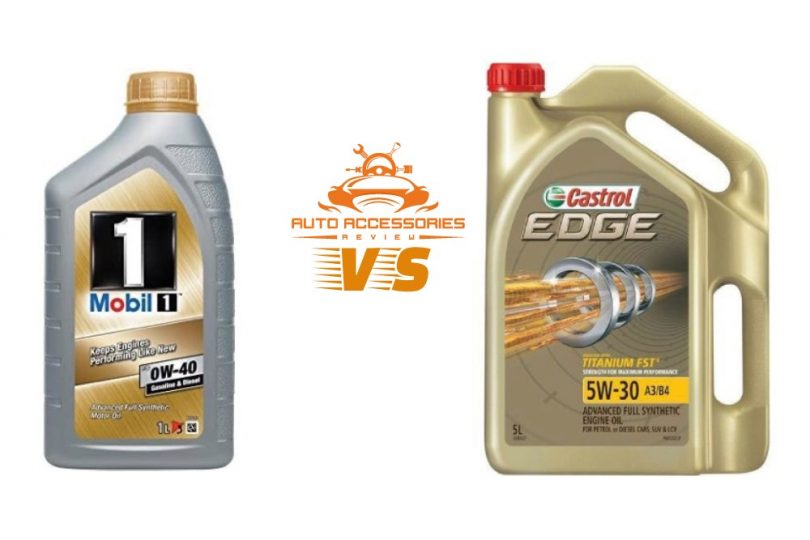
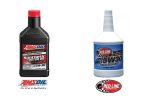
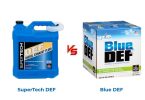


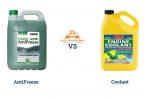


Leave a Comment